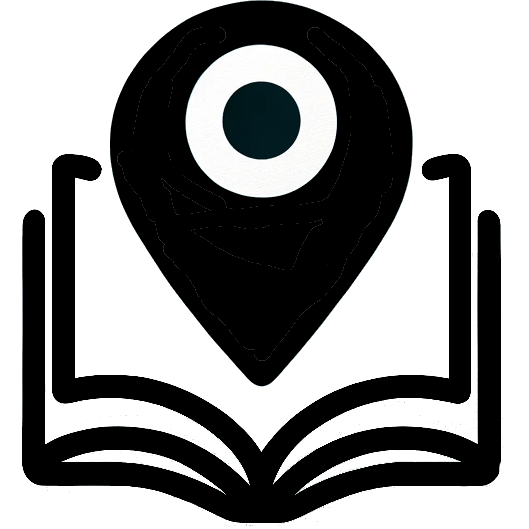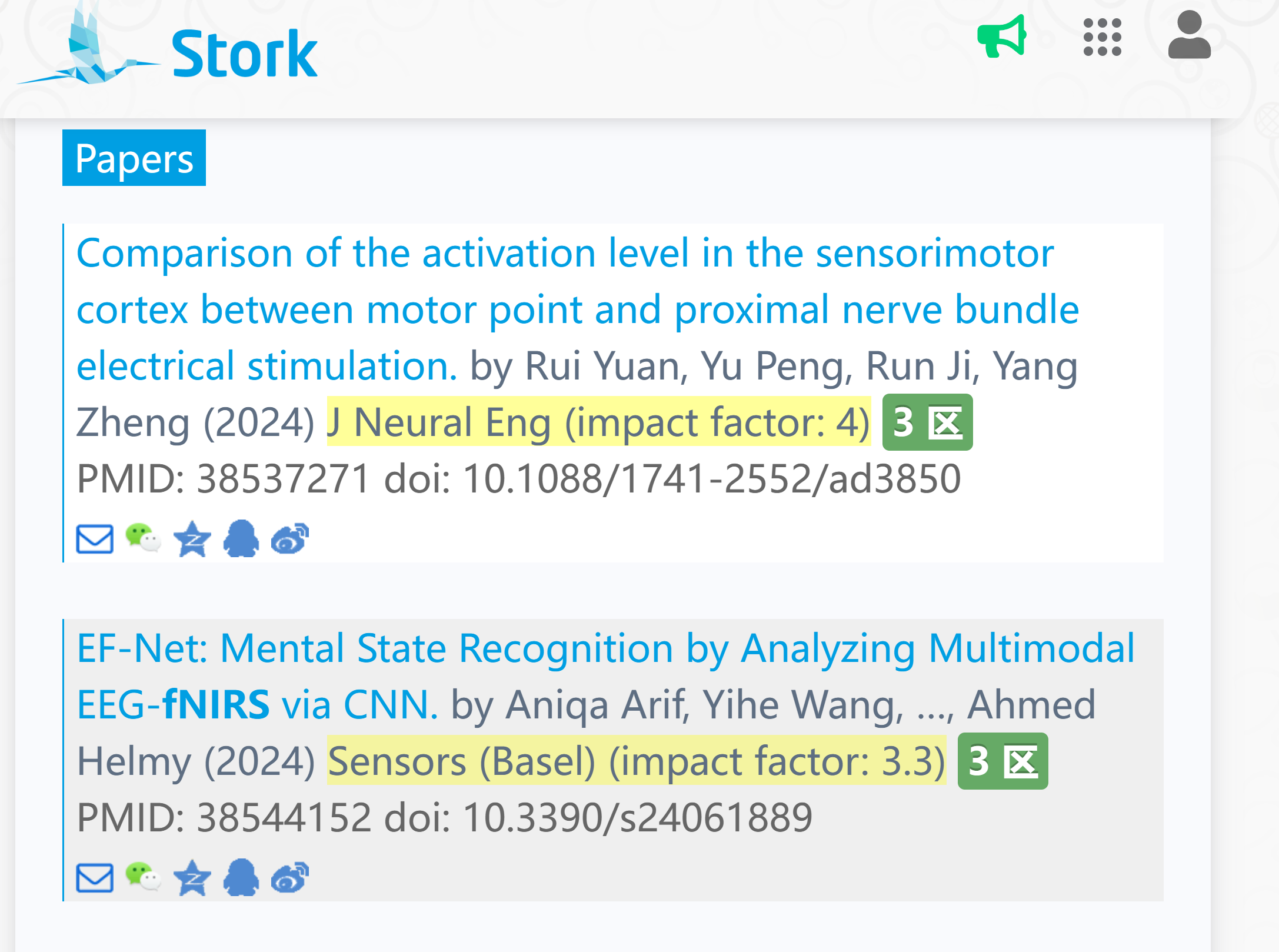
Reading Guide
You are likely very familiar with the new paper alert feature of Stork, where you just need to enter your keywords, set the frequency and timing of the alert, and Stork will collect recently published relevant papers and send it to your email. Below is an example:

However, you might find that it's challenging to read all the new papers. The time it takes to read can significantly increase.
The "Reading Guide" advanced feature of Stork will summarize the content of the papers to you, briefly explaining the key results and discoveries of the research. Moreover, the "Reading Guide" content can be presented in your own language! A quick glance through the reading guide in just a few seconds, followed by focusing on reading relevant literature according to your personal preference, can greatly improve productivity. It will save your precious time, and cultivate the habit of keeping up with the latest research.
For example, after setting up alert with the keywords such as "chatgpt", a "Reading Guide" section appears before the original paper list. This guide summarizes these documents and provides a one or two sentence overview of the key publications.
Reading guide
This reading guide synthesizes several studies that explore the potential of large language models (LLMs) and artificial intelligence (AI) in various domains, including neuroscience, healthcare, and value alignment.
In the healthcare domain, a study published in the American Journal of Hematology evaluated the accuracy of ChatGPT in providing educational resources for patients with multiple myeloma. The findings suggest that ChatGPT's responses have a 95% accuracy rate, as assessed by myeloma specialists, highlighting its potential as a reliable educational tool.
Regarding the application of AI in neurosurgery, a study in the Journal of Neurointerventional Surgery evaluated ChatGPT's knowledge of middle meningeal artery embolization for subdural hematoma management, a newly evolving neurosurgical technique.
In the area of mental health, a study published in Scientific Reports explored the use of ChatGPT and the text-embedding-ada-002 (ADA) model in detecting post-traumatic stress disorder following childbirth. The findings suggest that the ADA model outperformed ChatGPT and other large text-embedding models in identifying this maternal postpartum mental illness.
Finally, two studies from the preprint repository arXiv investigate different aspects of LLMs and human value representation. One study proposes a high-dimensional representation of human values in LLMs, while the other explores the effectiveness of human and machine explanations for LLM errors.
Overall, these studies highlight the diverse applications of LLMs and AI in various fields, including neuroscience, healthcare, and mental health, and provide insights into the challenges and potential of these technologies in supporting research and clinical practice.
If you have a habit of organizing papers, you can annotate the summary from the "Reading Guide" section in the corresponding papers for easy future reference and reduce the time spent recalling or re-reading. Additionally, when you write papers, you can also adopt the "Reading Guide" section to summarize findings from previous research, improving writing efficiency.
From the above example, the "Reading Guide" feature of Stork offers the following benefits to researchers:
- Quickly grasp literature information
- Cultivate interest in reading
- Facilitate future literature review
- In writing, helping to summarize important results of previous research
How to use?
Reading Guide is included in Stork Pro.
Other advanced features
- AI Paper
- AI Figure
- Writing Assistant
- ChatPaper
- True Cite
- Stork Pro
- Email Translate
- NIH Grant Database: Search, Translate & Alert
- PubMed Multi-Language Search, Translate & Alert
- Big Analysis
- Citation Network
- Preprint Alert
- Sentence Sea
- Listen to papers
- Journal Finder
- Reading Guide
Stork Official Website: https://www.storkapp.me